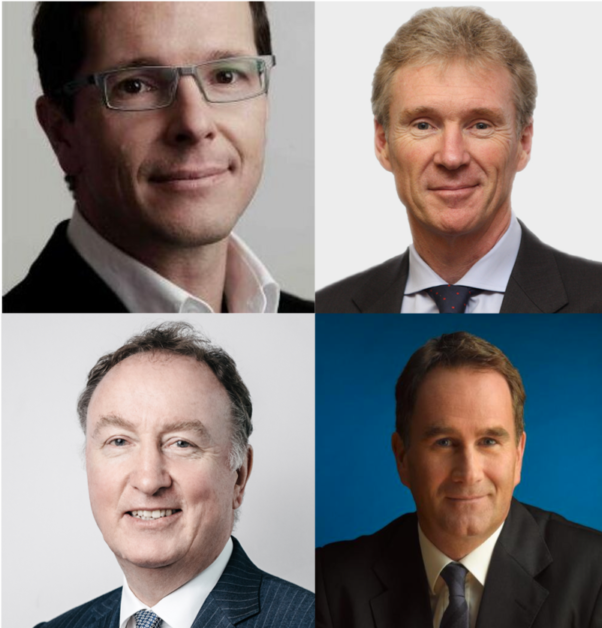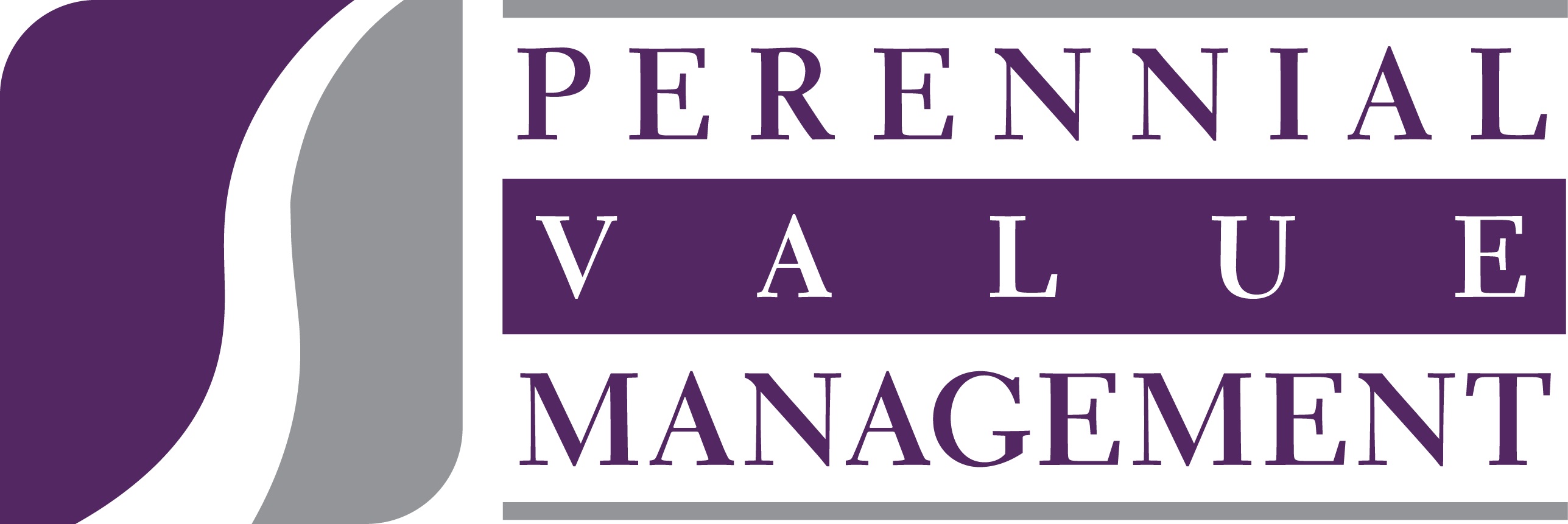Aussie asset managers are choosing to become ETMF issuers, viewing the ETF market as too competitive and capital intensive.
Starting an ETF issuer is a daunting task. Startup costs are huge and competition is fierce, requiring fronting off against some of the world's largest asset managers.
And once started profitability is over the hills and far away, with breakeven assets for Aussie ETF issuers usually north of $1bn.
Difficulties such as these have meant many smaller local Aussie asset managers are choosing to avoid the ETF market. And choosing to offer ETMFs instead.
"We don't want to get into the pure-play ETF business," said Alastair Davidson, head of funds at InvestSMART.
"The ETF industry is very competitive. We prefer to use active management and the ETMF structure fits our purposes better."
InvestSMART is one of the newest local asset managers that has started to roll out exchange-traded managed funds, or ETMFs.
Thanks to InvestSMART's new listing - INIF, which will begin trading in June - ETMF providers will soon outnumber ETF issuers. And the ETMF band is slated only to get larger, with several more would-be ETMF issuers lining up products with the ASX, industry sources say.
What are ETMFs?
ETMFs are like ETFs in that they're funds that trade intraday on exchange. But unlike ETFs in that they are actively managed and keep their funds' holdings a secret.
The other crucial difference is ETMFs have no creation-redemption mechanism. Whereas ETFs are created and redeemed on demand by market makers, ETMFs instead pay an agent - usually a large investment bank - to ensure that their funds' units are fairly priced.
The agent must keep quiet about what's in the fund, while the ETMF issuer agrees to shoulder any losses involved in market making.
"The first ETMFs were not allowed to call themselves ETFs," said Andrew Weaver, a product manager at the ASX.
"This owed to the fact that ASIC, at the time, wasn't happy with ETMFs being considered ETFs because they aren't index tracking. But that position has changed now, and ASIC is happy for ETMFs to be called active ETFs."
As well as structural differences, ETMFs are usually more expensive, meaning that profit margins are higher and breakeven assets lower. The ETMF industry is also more Australian-owned than the ETF industry, which is dominated by US-headquartered companies.
What value do ETMFs add?
ETMFs were invented to get around the annoyance that comes with buying and selling wholesale funds on "wrap" platforms - like Macquarie Wrap and BT Wrap.
Buying wholesale funds on platforms is time-consuming and requires a lot of paperwork. Investors have to provide photo ID, trust deeds and file application forms. Then once all the paperwork is done there's application fees and week-long processing times. ETMF issuers complain that getting retail investors - particularly busy parents - to do the paperwork required to buy funds off-exchange is too hard.
Buying ETMFs on exchange, by contrast, is a far easier sell. It requires only that investors log onto a brokerage website like CommSec and click a few buttons. Listing on exchange also makes it easier for ETMF issuers to sell their funds, as advisers and brokers can be onboarded as direct salesmen.
"We found that there is a lot of interest in listed funds for direct investors…that are already doing some of their own trading via an online broker," said Dean Curnow, a manager at Montgomery Funds, which listed a global equity ETMF (MOGL) late last year.
"Then there's also the adviser audience that invest directly for some of their larger SMSF clients off-platform. There is interest in the intermediary market for greater accessibility to active global managers who provide something different from a portfolio construction perspective."
But Mr Davidson adds that listing on exchange is not perfect.
"Exchanges can take a long time to get things done; it's a slow process... competition may speed them up."
ASIC says beware of the cost differences
Contacted for comment, ASIC confirmed that they regard ETMFs as active ETFs, but warned there were important differences.
"We want consumers to understand that not all exchange-traded funds are the same," an ASIC spokesperson said.
"In particular consumers should understand that active ETFs operate quite differently and may not be as low cost as vanilla ETFs."
*****
Recently listed Australian ETMFs:
InvestSMART Australian Equity Income Fund (INIF)
eInvest Income Generator Fund (EIGA)
Montgomery Global Equities Fund (MOGL)
*****





